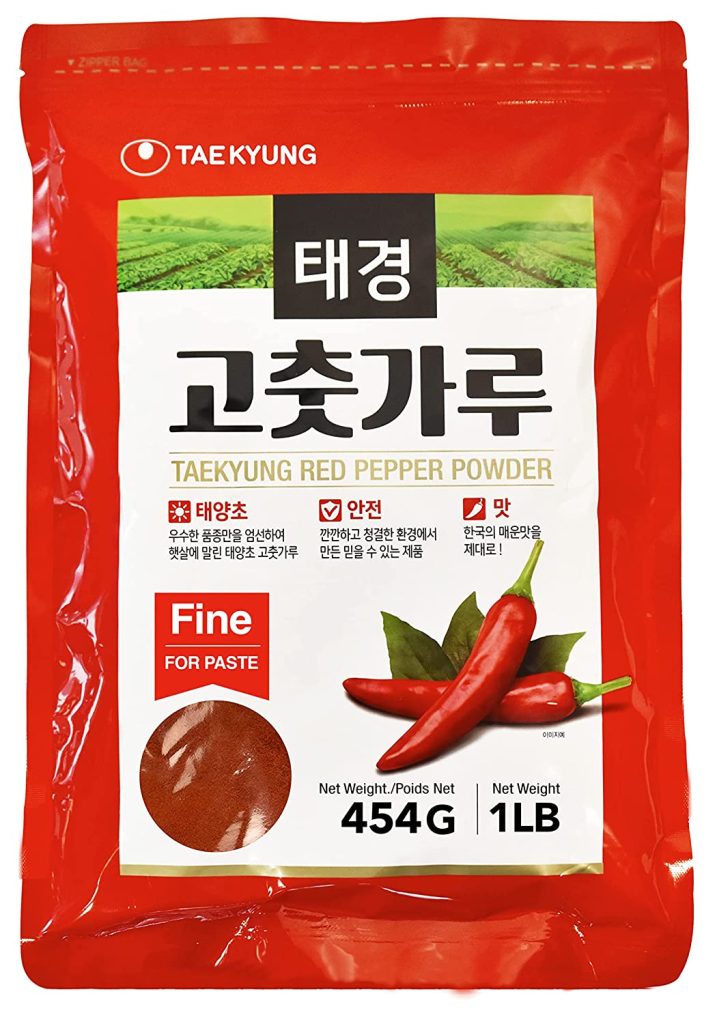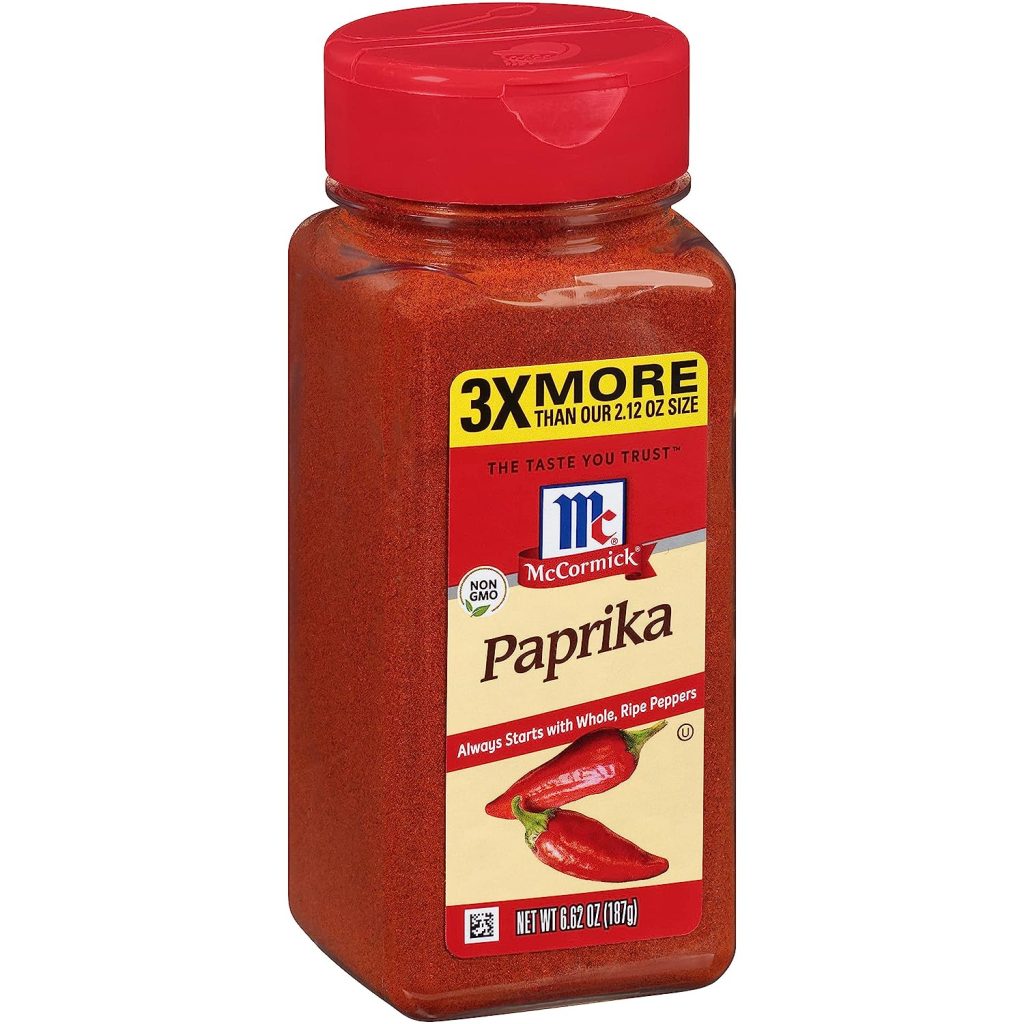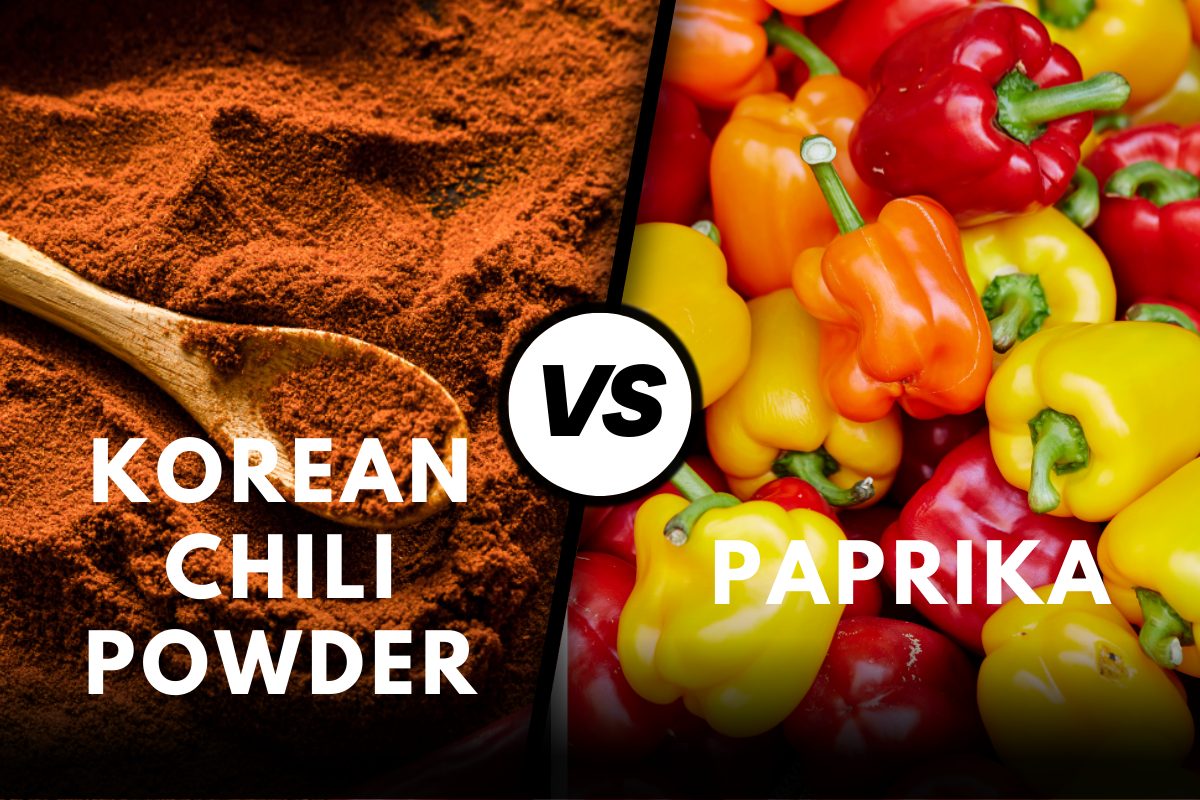When it comes to adding heat and flavor to dishes, chili powder, and paprika are two common ingredients that are often used in a variety of cuisines.
While both are red in color and have a pungent, spicy taste, there are some significant differences between the two that can impact the way they are used in cooking.
Korean Chili Powder vs Paprika
Korean chili powder and paprika are both popular spices used to add flavor and color to dishes, but they have distinct differences. Korean chili powder is made from Korean chili peppers that are dried and ground into a fine powder. It has mild to medium spiciness and deep red color.
In this article, we will explore the differences between Korean chili powder and paprika, including their flavor profiles, uses, and nutritional value.

See Also: Chili Powder Vs Chipotle
Korean Chili Powder vs Paprika – Difference
Korean chili powder is a blend of ground red chilies, garlic, and other spices, while paprika is a domesticated version of a dried, hot pepper grown in Hungary and other parts of Europe.
What is Korean Chili Powder?

Korean chili powder, also known as gochugaru, is a coarsely ground powder made from dried Korean red chili peppers.
It is a staple in Korean cooking and is used to add heat and flavor to a wide range of dishes, including kimchi, stews, soups, and marinades.
Korean chili powder has a medium level of heat, with a rating of around 3,000 to 10,000 on the Scoville scale.
This makes it slightly hotter than the average chili powder, which is typically around 2,500 to 5,000 on the Scoville scale.
One of the unique features of Korean chili powder is its deep, smoky flavor, which is produced by the drying process used to make it.
The peppers are traditionally sun-dried, which gives them a slightly sweet, raisin-like flavor. Korean chili powder is also quite aromatic, with a slightly sweet and fruity smell.
What is Paprika?

Paprika is a finely ground powder made from dried peppers, which can range from sweet to hot depending on the variety of pepper used.
It is a common ingredient in many types of cuisine, including Hungarian, Spanish, and Mexican, and is used to add flavor and color to dishes such as stews, soups, and sauces.
Paprika ranges in heat from sweet and mild to hot, with a rating of 0 to 100,000 on the Scoville scale.
The flavor of paprika can vary greatly depending on the type of pepper used and the processing method.
Sweet paprika is made from sweet peppers and has a mild, slightly sweet taste. Hot paprika is made from hot peppers and has a spicier, more pungent flavor.
Smoked paprika is made from peppers that are smoked and dried over an open fire, which gives it a distinct smoky flavor.
Uses of Korean Chili Powder and Paprika
Korean chili powder is a key ingredient in many Korean dishes, including kimchi, a fermented cabbage dish that is a staple of Korean cuisine.
It is also used to add heat and flavor to soups, stews, and marinades. In addition to its use in Korean cooking, Korean chili powder is also used in a variety of other cuisines, including Chinese, Japanese, and Thai. Paprika is used in a wide range of dishes, including stews, soups, and sauces.
It is a common ingredient in Hungarian goulash and is also used to add flavor and color to Spanish paella and Mexican chilaquiles. Paprika is also used as a garnish for dishes such as deviled eggs and potato salad.
Nutritional Value of Korean Chili Powder and Paprika
Both Korean chili powder and paprika are low in calories and fat and are good source of vitamins and minerals.
Korean chili powder is a good source of vitamin A and vitamin C, which are important for the immune system health and skin health.
It also contains small amounts of other vitamins and minerals, including vitamin B6, iron, and potassium.
Paprika is also a good source of vitamin A and vitamin C, as well as vitamin E and several B vitamins.
It is also a good source of iron and has small amounts of other minerals, including potassium and magnesium.
In terms of their health benefits, both Korean chili powder and paprika have been shown to have antioxidant properties, which may help to reduce the risk of certain diseases.
Korean chili powder contains capsaicin, a compound that has been shown to have anti-inflammatory and pain-relieving effects.
Paprika has also been shown to have anti-inflammatory properties and may help to lower blood pressure and improve cholesterol levels.
Substituting Korean Chili Powder for Paprika and Vice Versa
While Korean chili powder and paprika are both used to add heat and flavor to dishes, they are not interchangeable in all recipes.
Korean chili powder is generally spicier and has a deeper, smokier flavor than paprika, so it may not be suitable for all dishes that call for paprika.
However, if you are looking to add some heat to a dish that calls for paprika, you can try using a small amount of Korean chili powder as a substitute.
On the other hand, paprika can be used as a substitute for Korean chili powder in some dishes, but it will not have the same level of heat or depth of flavor.
If you are using paprika as a substitute for Korean chili powder, you may need to use a slightly larger amount to achieve the desired level of flavor.
Conclusion
Korean chili powder and paprika are two unique and flavorful ingredients that can add a zesty kick to any dish.
Whether you prefer the more subtle spice of paprika or the more intense heat of Korean chili powder, both will bring a new level of excitement to your culinary creations.
So the next time you’re in the kitchen, why not experiment with both and find out which one suits your taste buds best.
I hope this blog post is helpful for you in understanding Korean Chili Powder vs Paprika.
Read Also: Ground Red Pepper Vs Chili Powder

